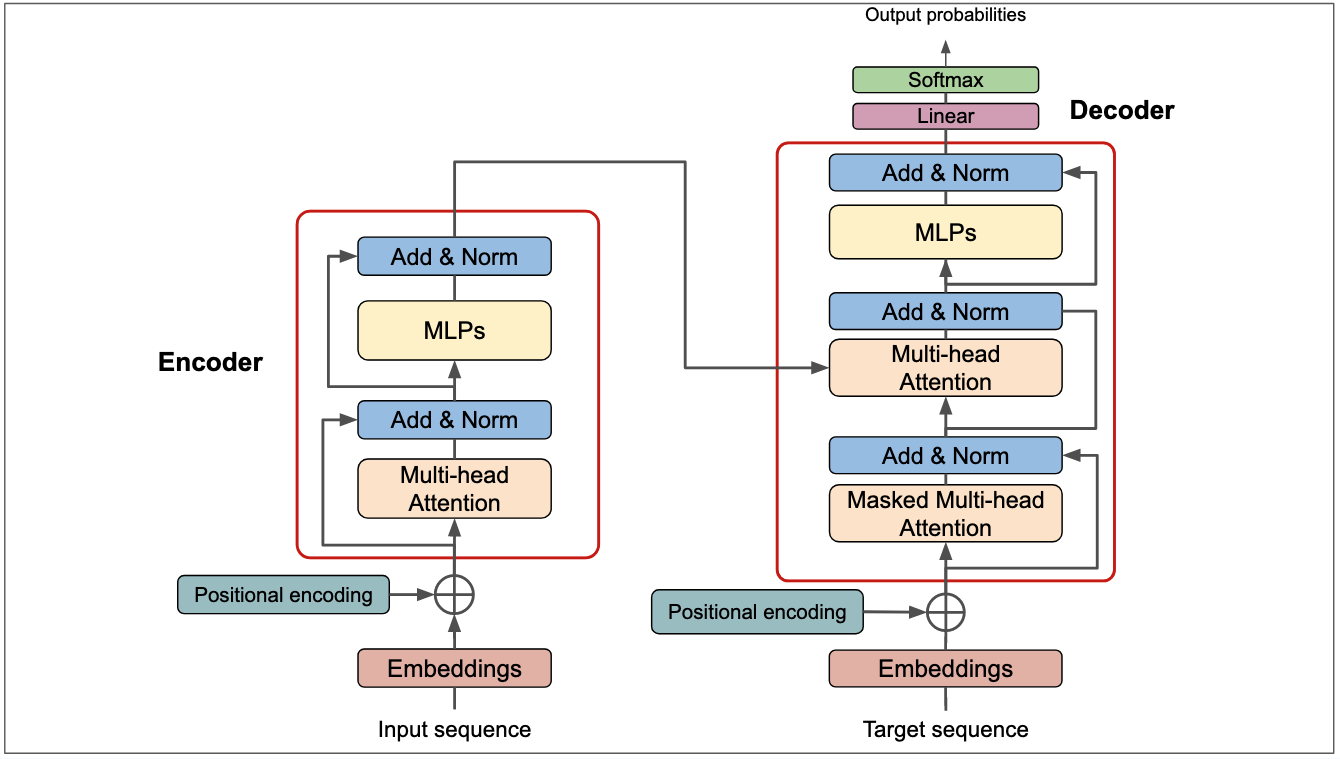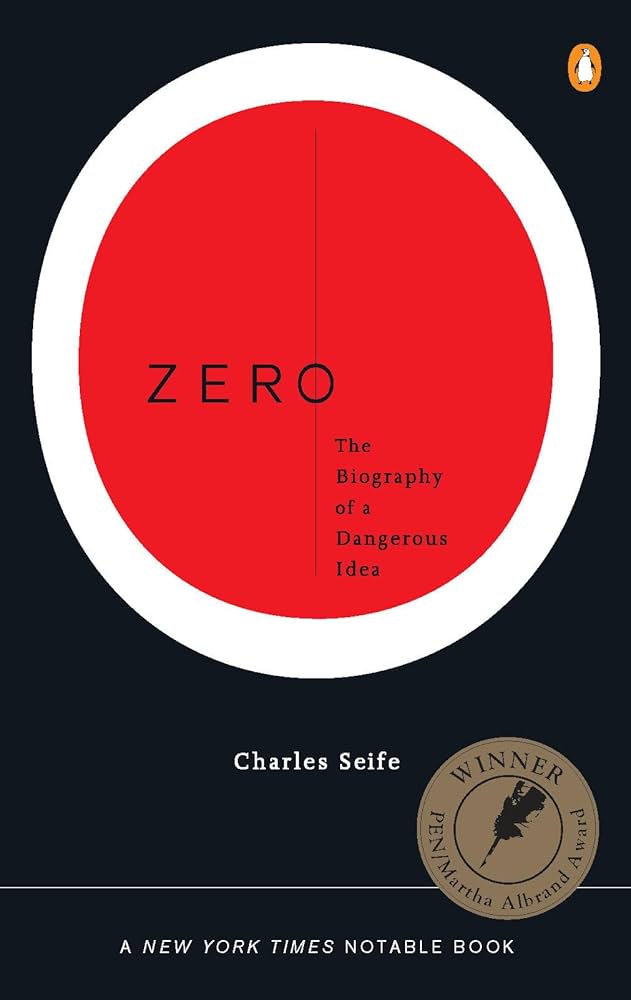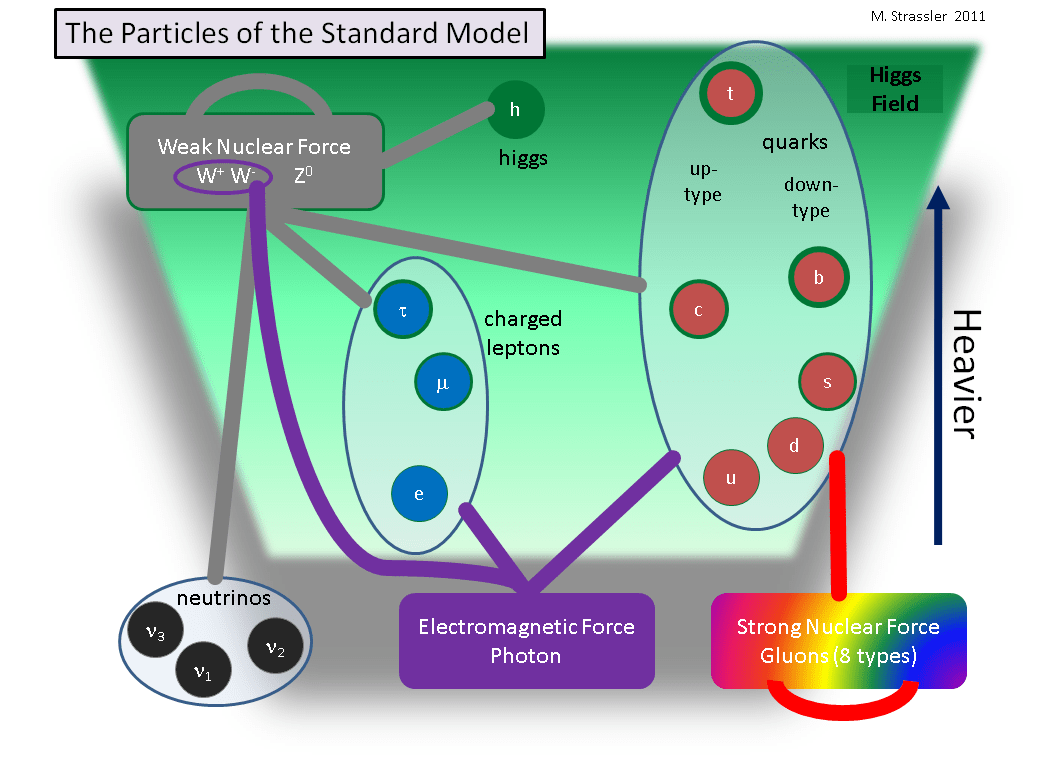Alright, let’s talk about this “gabriel zero” thing I’ve been tinkering with. It’s not some fancy new framework you’ll find plastered all over tech blogs, not yet anyway. It’s more of an idea, a principle I decided to really dig into for one of my recent personal projects.

My First Brush with the “Zero” Concept
I stumbled upon the term, or rather, the core idea behind what I’ve started calling “gabriel zero,” in a rather old forum discussion. It wasn’t explicitly named that, but the gist was about stripping everything back. Not just lean, but almost… nothing. Zero dependencies, zero boilerplate, zero pre-conceived notions of how things should be built. Just the absolute bare essentials to make something functional.
This got me thinking. We’re always adding layers, frameworks, libraries. What if I tried to build something, from scratch, with this “zero” philosophy? Sounded like a pain, honestly, but also intriguing.
The Project: A Simple Data Logger
I decided to apply this to a small utility I needed: a simple command-line tool to log sensor data from a little hobbyist weather station I’d cobbled together. Normally, I’d pull in a library for argument parsing, maybe something for easy file I/O, perhaps even a tiny framework if I was feeling lazy.
But this time? Nope. Gabriel zero.
My process went something like this:

- Planning (or Un-planning): Instead of thinking what I needed, I started by listing what I absolutely, positively could not do without. Turns out, it was a very short list. Read serial port, parse a simple string, write to a plain text file. That’s it.
- The First Hurdle – Input: Reading from the serial port. My first instinct was to look for a helper library. Then I remembered: zero. So, I dived into the OS-level APIs. It was clunkier, sure. More lines of code for what a library would do in one. But I knew exactly what was happening. No magic.
- Parsing the Data: The sensor spits out comma-separated values. Again, easy to grab a CSV parser. But no. String splitting, manual conversion from string to number. It felt archaic, like I was back in my college days.
- File Output: Just basic file open, write, close. No fancy logging frameworks, no rotation, no nothing. Just append to a file.
What “Gabriel Zero” Actually Meant in Practice
It was slow going at first. Every little thing I took for granted now required conscious effort and explicit code. There were moments I almost caved and just pulled in a library to save time. But I stuck with it.
The surprising part? Once I got into the rhythm, it became almost liberating.
My code was incredibly transparent. If something went wrong, there were no layers to dig through. It was my code, top to bottom.
The final executable was tiny. No surprise there, given it had almost nothing in it!

It forced me to understand the fundamentals at a much deeper level. Things I hadn’t thought about in years, because libraries abstracted them away, were now front and center.
So, Is “Gabriel Zero” the Future?
Absolutely not. Not for everything, anyway. It’s impractical for large, complex applications where you need the productivity and battle-tested reliability of existing frameworks and libraries. Trying to build a modern web app with “gabriel zero” would be an exercise in masochism, not productivity.
But for small utilities? For learning? For those moments when you want to understand what’s really going on under the hood? It was a fantastic experience. It reminded me that all those fancy tools we use are built on simpler foundations.
I wouldn’t advocate for it in a team setting for a commercial project, people would rightly look at me like I’d lost my mind. The maintenance burden of doing everything from scratch would be a nightmare. But for a personal challenge, to reset my perspective, it was oddly satisfying. It’s like choosing to walk instead of drive; sometimes, you see more along the way, even if it takes longer.
So that’s my little experiment with “gabriel zero.” A bit of a weird journey, but one I’m glad I took. It’s given me a renewed appreciation for both the raw building blocks and the sophisticated tools we have at our disposal.
